College In Schools program may be at risk
January 12, 2017
Students across Minnesota may not be able to get free credits for college anymore, since the College in School program throughout Minnesota has the possibility of shutting down. The College in Schools program has many factors to it possibly being shut down. These factors consist of new teaching requirements and costs to run the program in schools rising. In some ways these may or may not affect Stillwater Area High School.
A group called the Higher Learning Commission has qualifications that need to be required to run these College in school programs, and they are starting to heighten teaching requirements. One of the new teaching requirements will require teachers to have a Master’s degree to teach the college in school classes, which may be a problem for CIS Anatomy & Physiology teacher Doug Long.
Long said, “I don’t have a Master’s degree in Anatomy and Physiology, and according to the higher learning commission anybody who teaches the subject in this class at the college level should have a Master’s degree in that subject area. I do not have one, but I have had a lot of course work and I have taught this class for over 20 years.” Long may likely still have the experience to keep his CIS position. He has taught the CIS program for around 20 years. Officials unveiled a plan that they hope will soften the impact of the change.
Long said, “Higher learning commission is saying you either need to get your Master’s or you need to get some equivalent training that would show you are able to teach the CIS course. They’re applying for a five-year waiver to give teachers until 2022 to earn graduate degrees. They’re also exploring other options, such as team-teaching and granting credit for real-world experience.”
The other factor that may affect the CIS program is the increasing prices. Money is an issue for all schools because Minnesota State Colleges and Universities are gradually increasing the prices to run these college classes in the school. The colleges that provide the classes to teach have doubled the price to run the program in the last year according to the Star Tribune.
Principal Robert Bach said, “The cost of the program could be an issue if those fees double. We always need to monitor costs associated with our programs.”
This cost change may not be a problem for SAHS because they receive college courses from the University of Minnesota. The University of Minnesota isn’t part of the Minnesota State Colleges and Universities, but cost may still be a problem as more and more students take CIS classes.
Long added, “The high school has to pay the University of Minnesota $150 per student. This becomes expensive; I have 60 kids in my CIS class that equates to $9000 the school has to pay.”
The level of information that you learn are pretty in detail about a lot of things as opposed to just hitting some of the surface stuff that you would in a regular class.
— Anna Duerr
If the CIS program were to get cut, both teachers and students will be affected negatively. For CIS teachers, they will be unable to attend seasonal meetings in which they collaborate with other teachers to generate ideas how to teach these subjects. For students, they will be losing opportunities to earn free college credits and learning opportunities.
Junior CIS student Anna Duerr said, “The level of information that you learn are pretty in detail about a lot of things as opposed to just hitting some of the surface stuff that you would in a regular class.”
The CIS program is a program that helps students and staff. Outlying factors may prevent this program from running at SAHS but is still unlikely it will be shut down. This will affect students and staff at negatively if it does in fact happen.
Bach added, “The program is of great benefit to students so I hope that it would be a non-issue.”


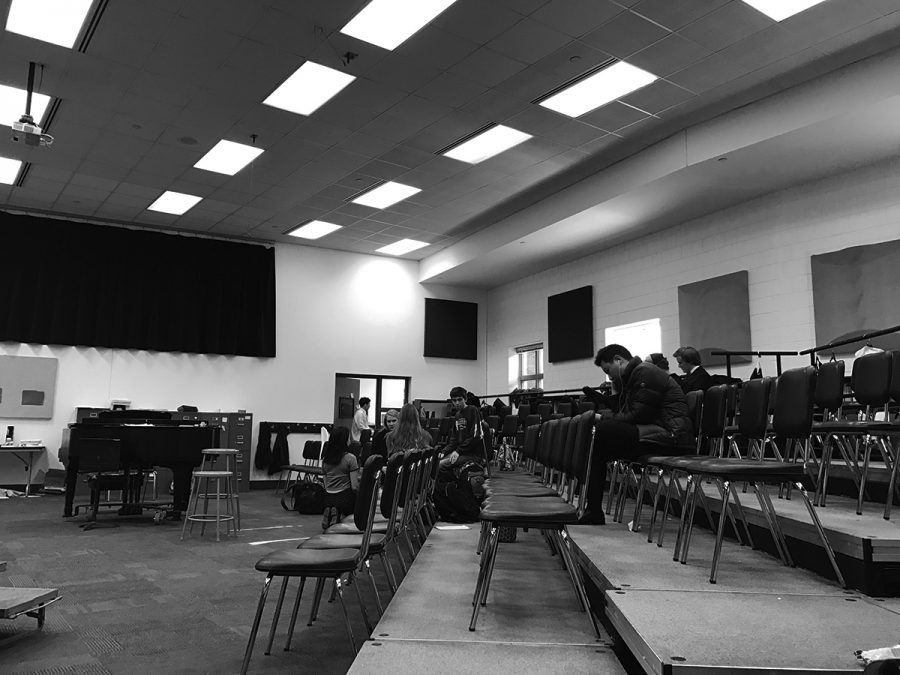

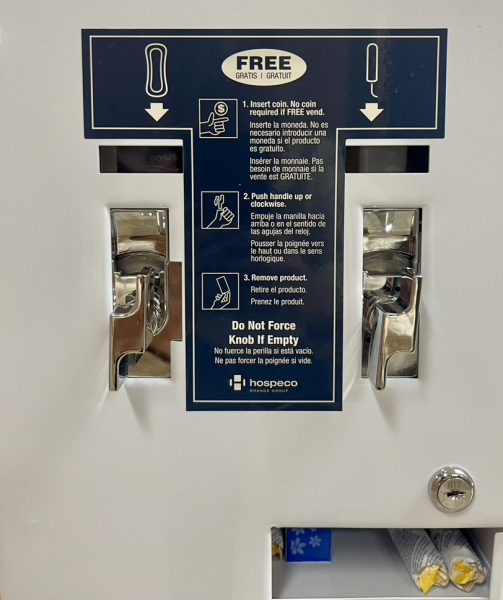

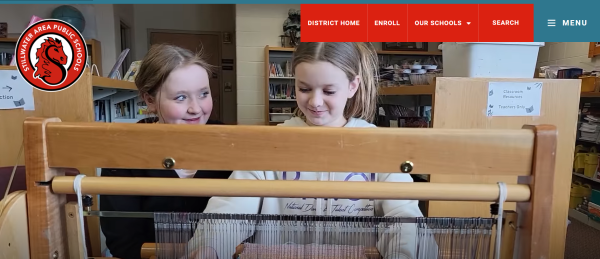

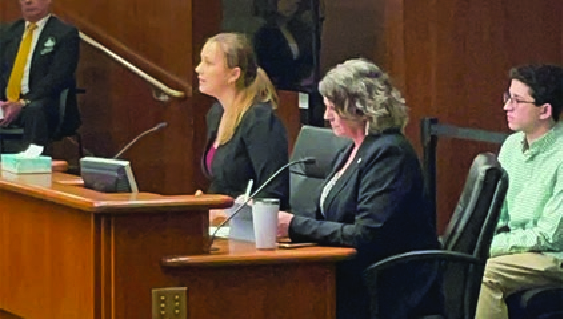

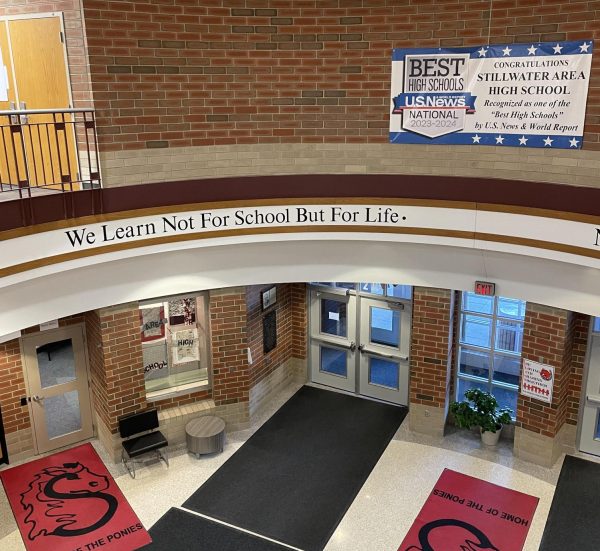


Hannah Drake • Feb 13, 2017 at 8:49 am
I was very intrigued by the title of this article. This is very important to students. There was a lot of useful information in that helped pull this article together. I learned so much about CIS, I did not know much about it before. Great job interviewing Bach!
Ebony Harvel • Feb 10, 2017 at 11:09 am
The factual information on what parts of CIS that could change is very informative. The links put in are placed very well to not an overload of facts. The article displays the argument on how the removal of CIS affects teachers very specifically.
Maddy • Feb 10, 2017 at 10:55 am
Having perspectives from teachers was good research to do. The article was really well written and related to a lot of students, who are signing up for these classes.
Jesse Zelaya • Feb 10, 2017 at 10:23 am
The article was organized and gave good examples on how the issue affects our community. Very good examples of programs affected and there were also a few interesting statistics included. The ending also explains what would happen if the course was cut.
Hailey Willius • Feb 10, 2017 at 9:26 am
Right when you start reading you are sucked in until the very end. The quotes are in depth and work really well with the surrounding information. This writer knows how to properly tell a story with a lot of information and still have it be an interesting read. I look forward to seeing what else Noah writes in the future.
Jack Reinseth • Feb 10, 2017 at 7:50 am
It has a lot of information for the reader and easy to read as well. It pertains to me and how I like to take cis classes so it helps me make a decision on weather to keep taking cis classes.
Mason Urban • Feb 10, 2017 at 12:56 am
I like how you explain not only how it could affect the state but mainly how it affects SAHS. I also like how you got 3 different perspectives about CIS classes. I think that really adds to the story in a great way.
Abby Banks • Feb 9, 2017 at 10:34 pm
I found this article to be very interesting. I loved the inclusion of the teachers’ and students’ opinions on the switch as well, since one often hears mainly about the administrative and parental perspectives, the inclusion of the other two was really great! This article flowed very well, and the research put into this really was evident.
Katie Freichels • Feb 9, 2017 at 9:25 pm
This article had strong quotes that were very informative that backed up the facts you stated. I didn’t know that this was happening, so it gave me good information on what potentially could happen with credit for college.
Ebbie Benson • Feb 9, 2017 at 9:25 pm
I had no idea this was occurring, and this article was very informational. The quotes were strong and the sources used were dependable and accurate. It provides good insight into what exactly CIS is, and the pros and cons that surround it.
Emma Clarkowski • Feb 9, 2017 at 8:38 pm
Very well written article. I like how this article relates to many students our age, it provides much more information on a topic that is very helpful to especially juniors and seniors. The quotes were very informative especially the ones from Mr. Bach and the article had great facts.
Mira LaNasa • Feb 9, 2017 at 7:41 pm
This story is interesting. Shows the ups and downs of closing CIS classes well and uses reliable sources. Author kept it concise and objective, making it easy for the reader to develop an opinion with good background.
Sonia Moran • Feb 9, 2017 at 7:39 pm
Very informative. I love how much research and facts you put in the article. The quotes were also informative. I did not know much about this CIS, but I learned a lot reading this article.
Payton Filipiak • Feb 9, 2017 at 6:06 pm
This article had very strong quotes and introduction, which made the issue easy to understand. Johnson wrote this in a very clear and to the point way, which made every detail important.
Craig Sanislo • Feb 9, 2017 at 5:36 pm
I liked how the story went in deep about the benefits and drawbacks of having a college in the schools program. Also, it’s hard to keep opinion and bias out of these kinds of stories, but Noah did. He just covered the facts on the CIS program and had very informative quotes.
Hannah Boardman • Feb 9, 2017 at 1:02 pm
This was such a well written article, you included a lot of good information. Before reading this I didn’t know much about the College in the Schools program. This is very informative!
Tiana Meador • Feb 9, 2017 at 11:58 am
You definitely did a good job of bringing across the importance of CIS with facts, costs and technical data. The only thing I would attempt to improve upon is the repetitiveness in your lead, however this did not inhibit the rest of the story from being strong.
Sophie Begin • Feb 9, 2017 at 11:21 am
I liked this article because it was filled with information and was very well written. The quotes were strong and the fact paragraphs tied them in nicely. The title drew me into reading it initially and then the informative content kept me reading.
Adam Johnson • Feb 9, 2017 at 11:07 am
This article was really great in the way that it was relevant. Many students take CIS classes or are contemplating taking them so the information really impacts the reader.
Kleio Vrohidis • Feb 9, 2017 at 8:02 am
I really enjoyed this article because I am currently enrolled in a CIS class, and you did a very nice job explaining what the benefits are and how it could affect students. The quotes used made it very informative.
Elise Luoma • Jan 31, 2017 at 12:03 pm
This article has valuable information and I like how the quotes are from teachers and administration, since they have a part in this decision.
Bella Anderson • Jan 25, 2017 at 4:30 pm
I enjoyed reading this article there is a lot of intriguing information. The quotes are very good and I like the information about the teaching requirements. Good job!
Quinn Kuslich • Jan 18, 2017 at 11:11 am
I really liked the explanation on costs and how the introduction with great support paragraphs and quotes overall a great article.
McKenzie Bohlig • Jan 18, 2017 at 10:49 am
Very strong introduction paragraph and amazing quotes that provide strong explanation to the problems that could occur in this program with the new requirements.
Sonia Moran • Jan 18, 2017 at 10:01 am
Really good research and facts. Strong introduction and body paragraphs. Could use better introduction to your quotes and more sources.
Olivia Knox • Jan 18, 2017 at 8:12 am
I like this article because it really shows you did your research with the interesting facts.
Gideon Bimpey • Jan 18, 2017 at 2:38 am
The links for this article were carefully picked, because I didn’t know what any of them where. This article was well structured and was very clear and fluid for me to read. It’s very informative. I didn’t even know CIS was in danger of ending and I’m in a CIS class myself. The quotes could use a little work. I think the author could’ve used more compelling quotes.
Jack DeGonda • Jan 17, 2017 at 9:52 pm
I think that the importance and the subject of this story was well conveyed through the writing, and it was very apparent that the author knew his facts about the story through his technique of using quotes to his advantage and citing evidence after it. That really made this story effective in conveying its theme.
Christian Anderson • Jan 17, 2017 at 8:52 pm
Really good on explaining the costs and new teaching requirements. You also have a really strong introduction paragraph. Not really anything you need to improve on. Maybe use a couple more sources.